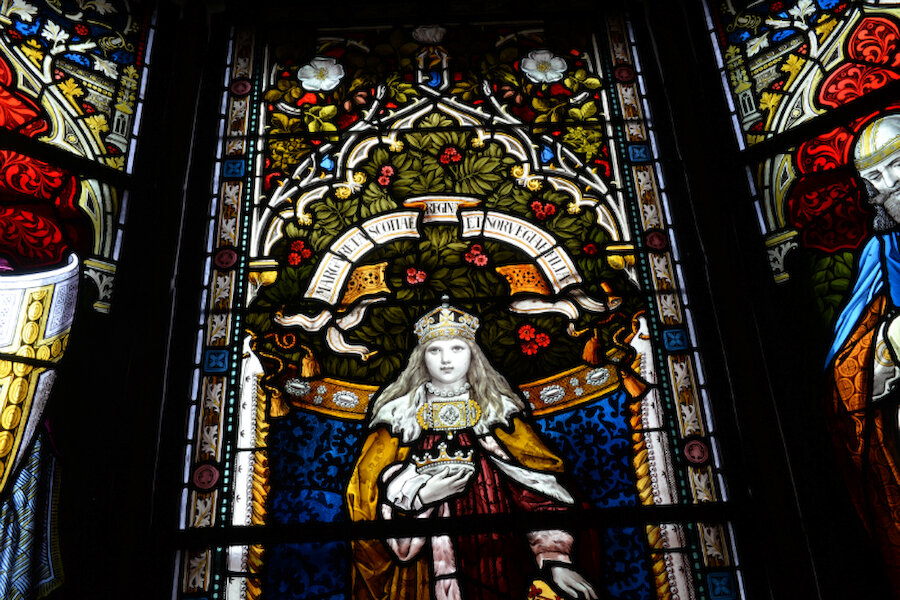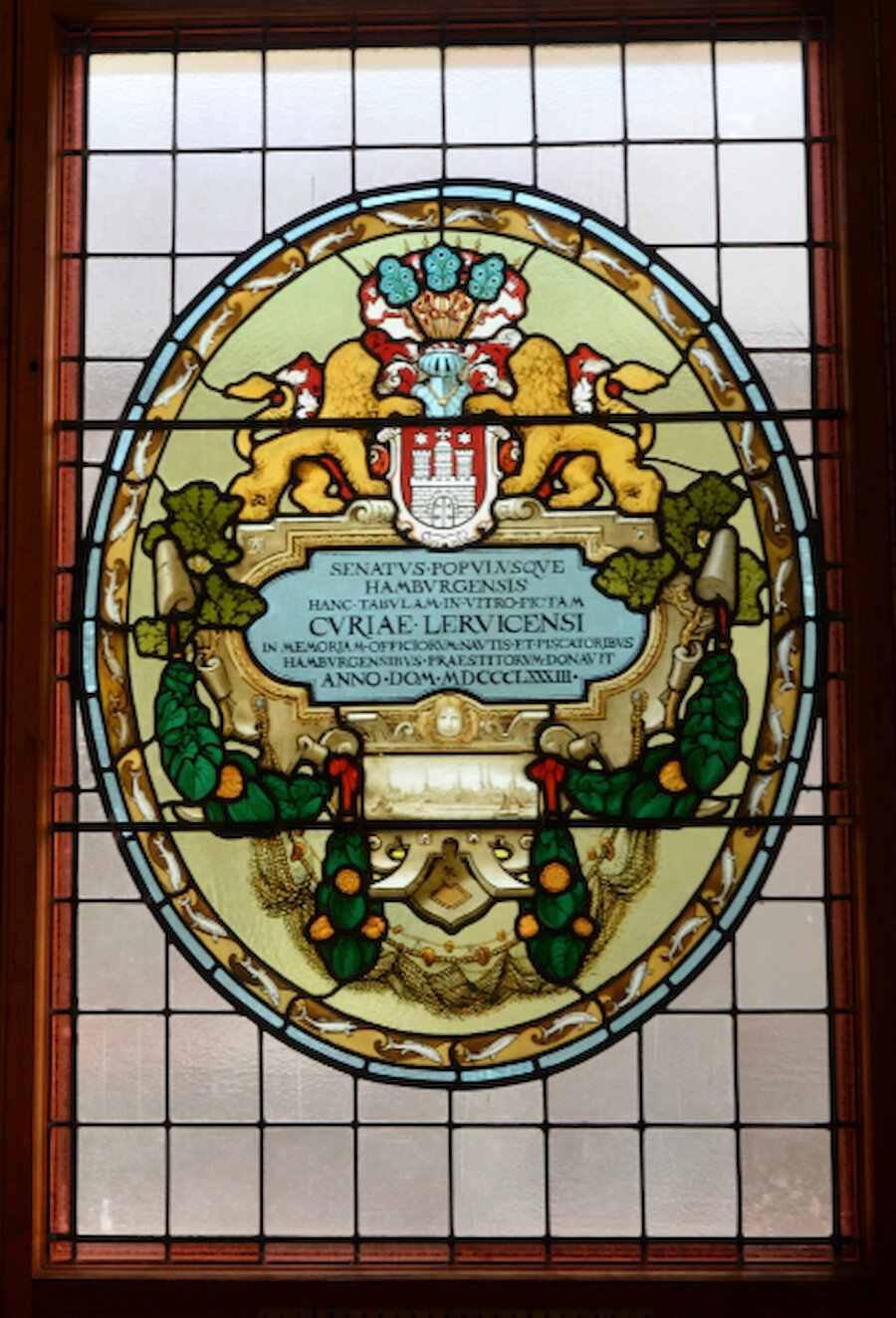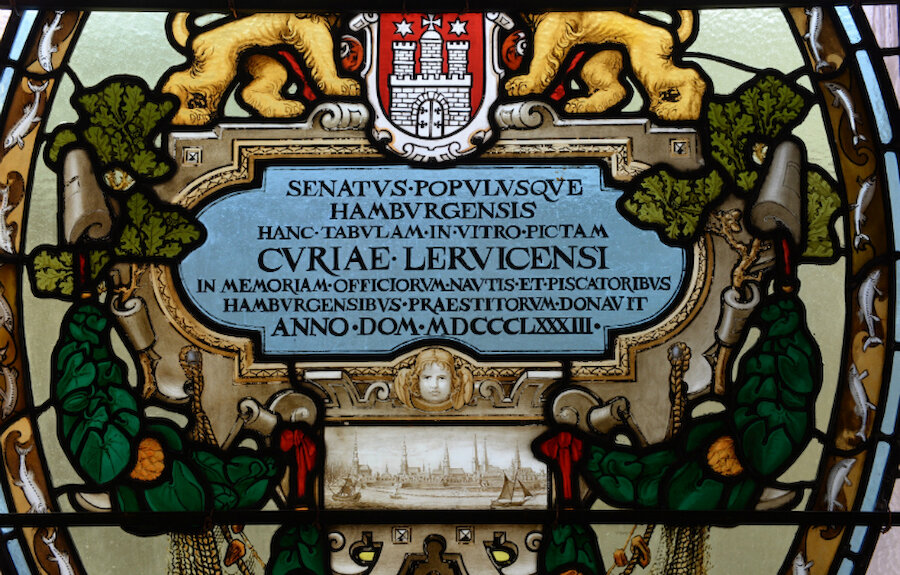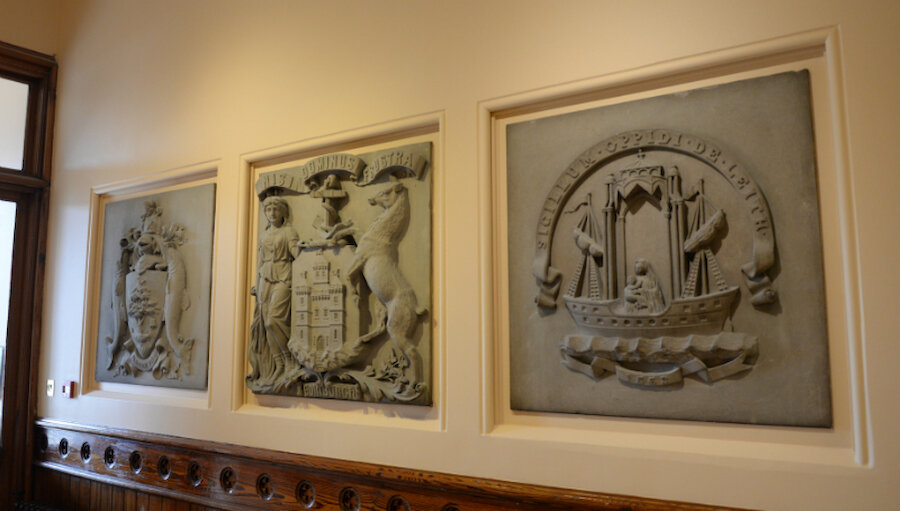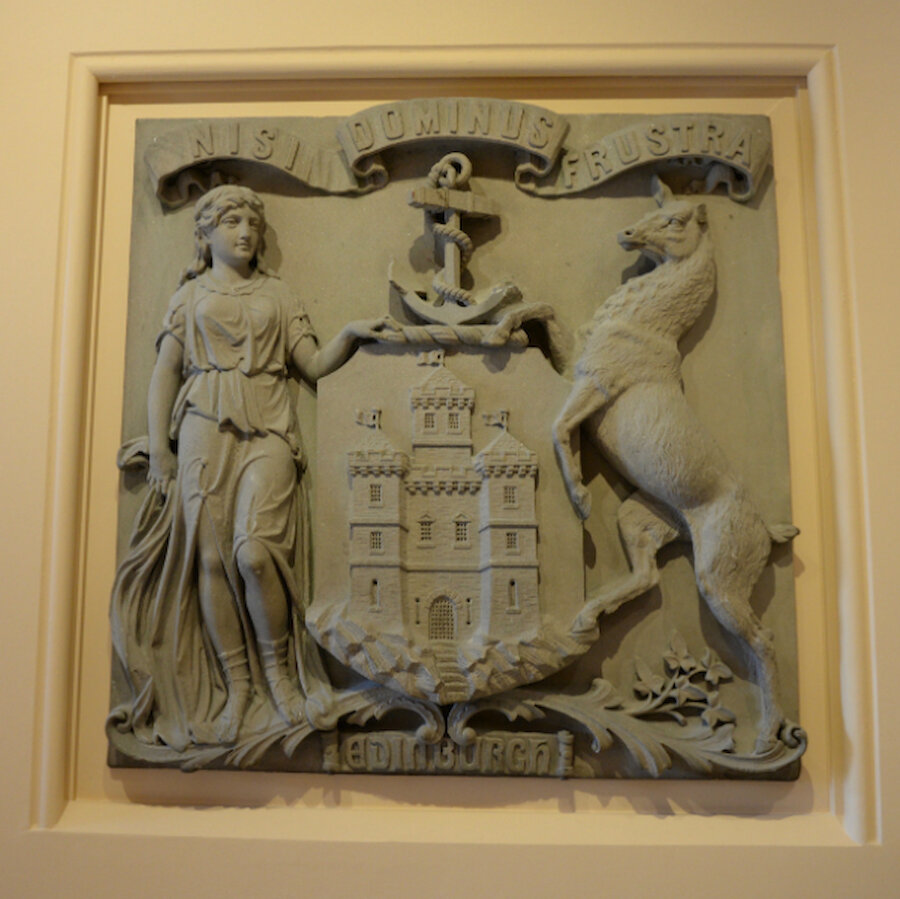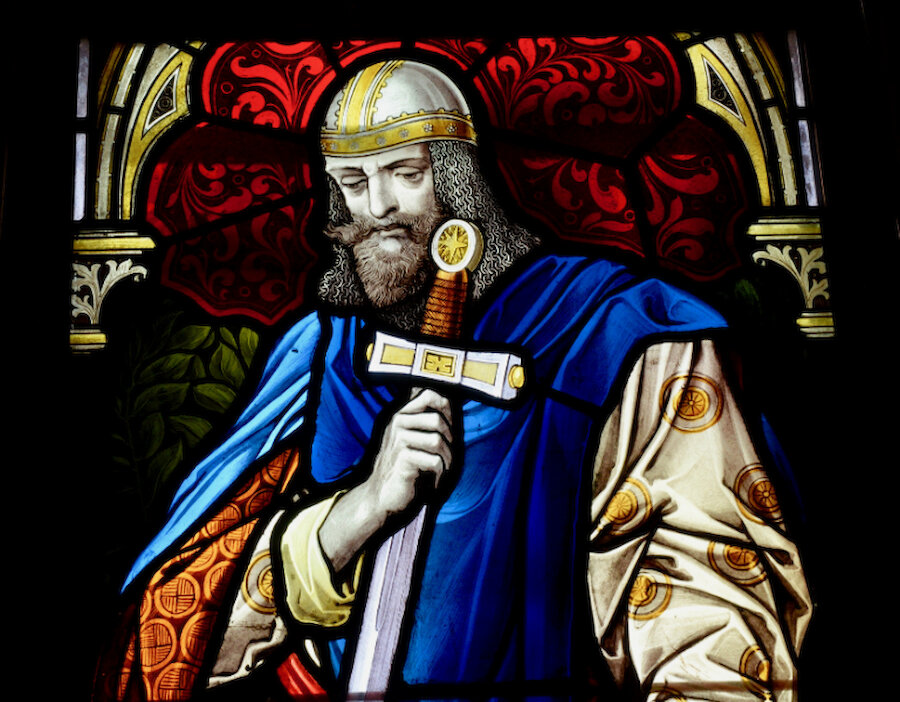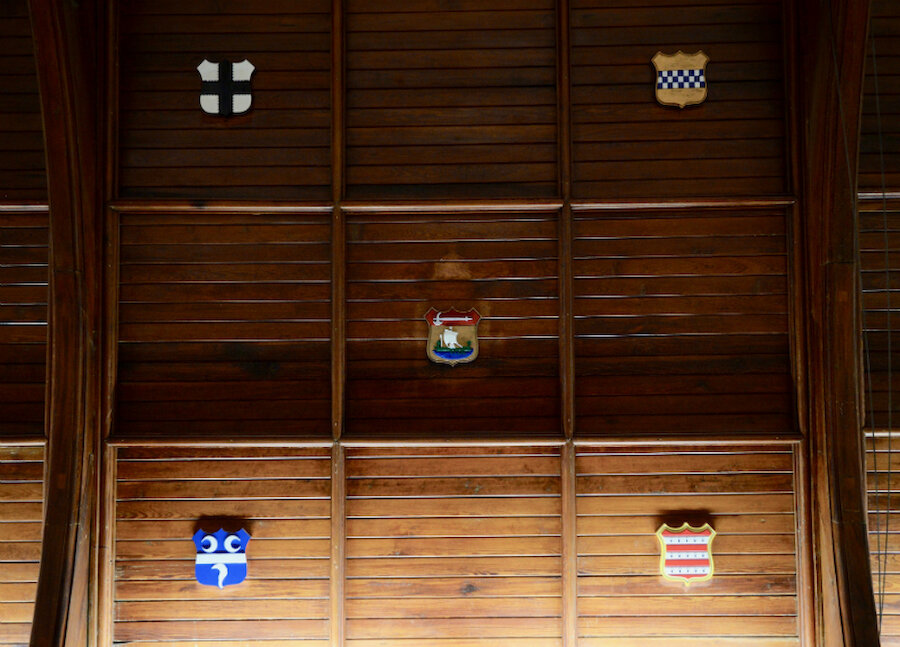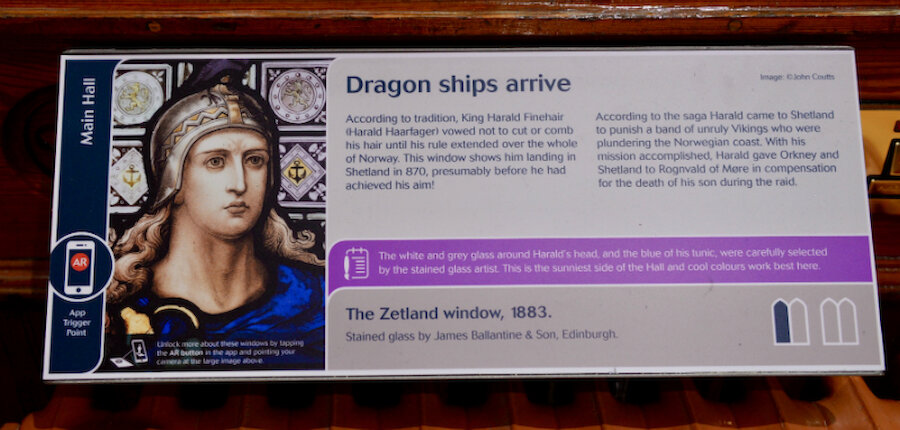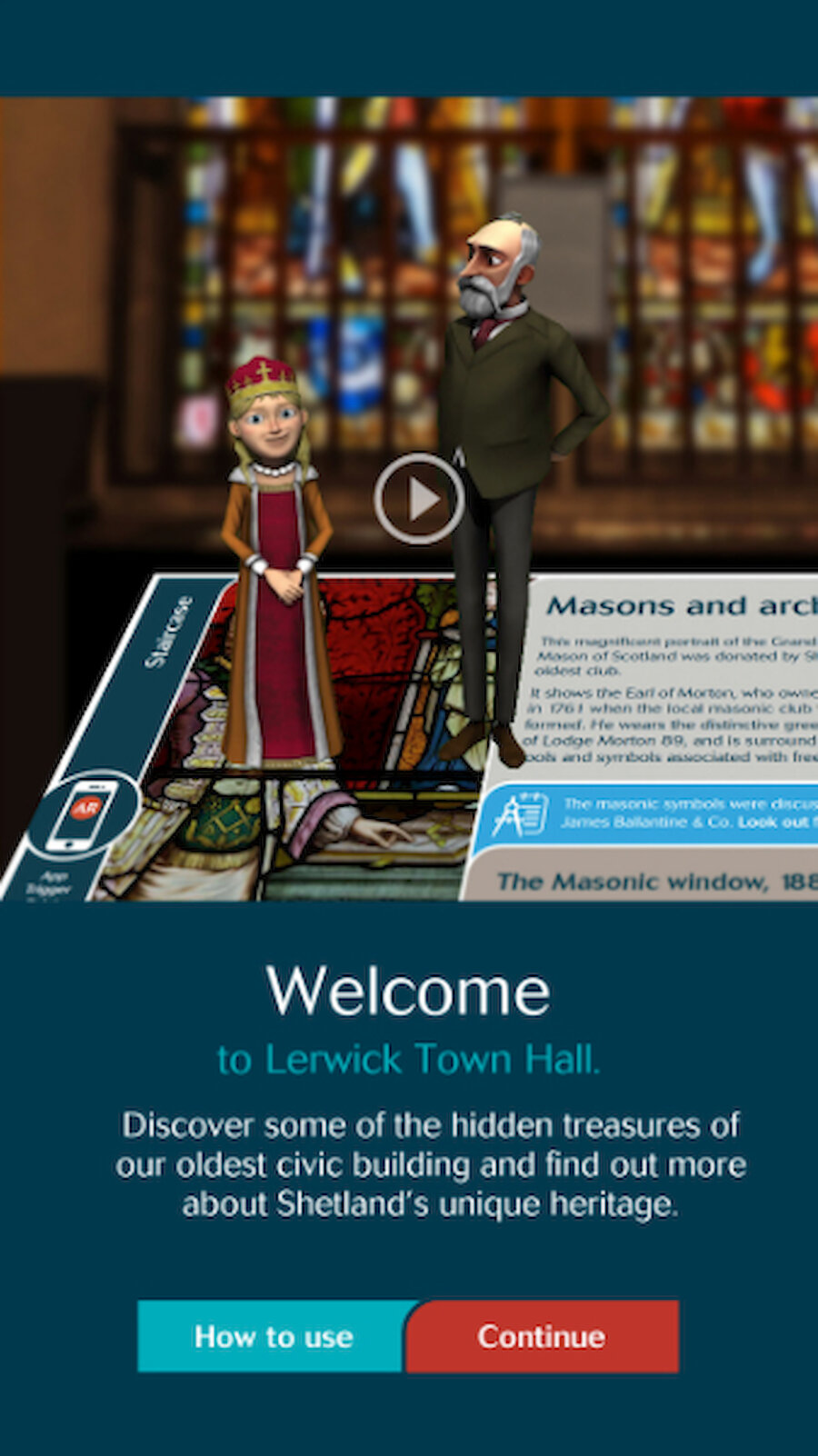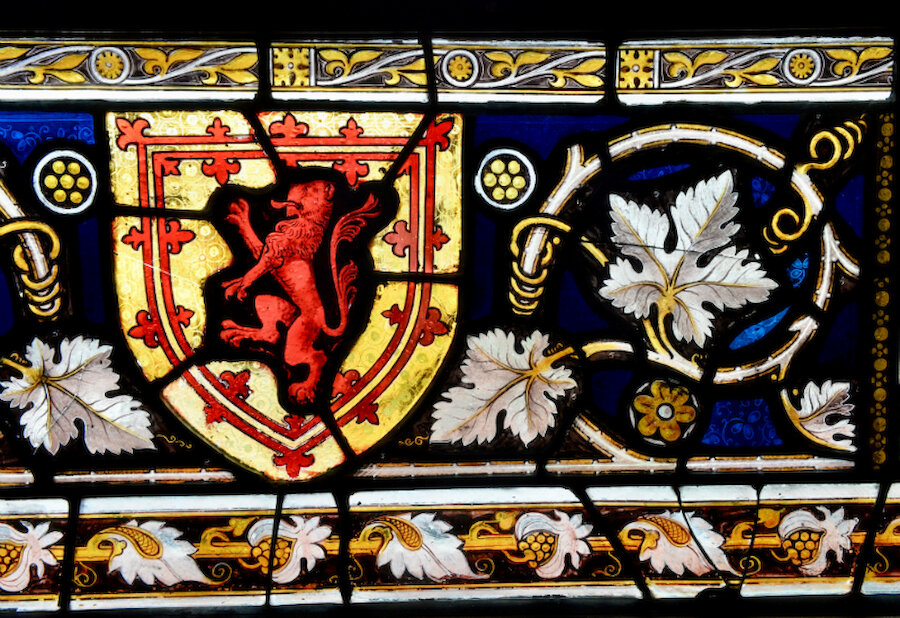After around two years of painstaking work, the fine Victorian Town Hall in Lerwick has emerged renewed, with its remarkable story brilliantly re-told for a 21st century audience.
That story begins in the late 19th century, when local community leaders were concerned that the town, thriving thanks to the profits from the fishing industry, lacked a civic building capable of accommodating meetings, concerts and other kinds of performance.
A campaign for a proper Town Hall began, led by Charles Rampini (1840-1907), a lawyer who had come to Shetland from Edinburgh via Jamaica. A committee was set up in November 1880 to manage the project and they quickly appointed an established Inverness architect, Alexander Ross. His brief was to design a ‘plain and massive and handsome’ building that would have ‘full scope for future decoration’.



